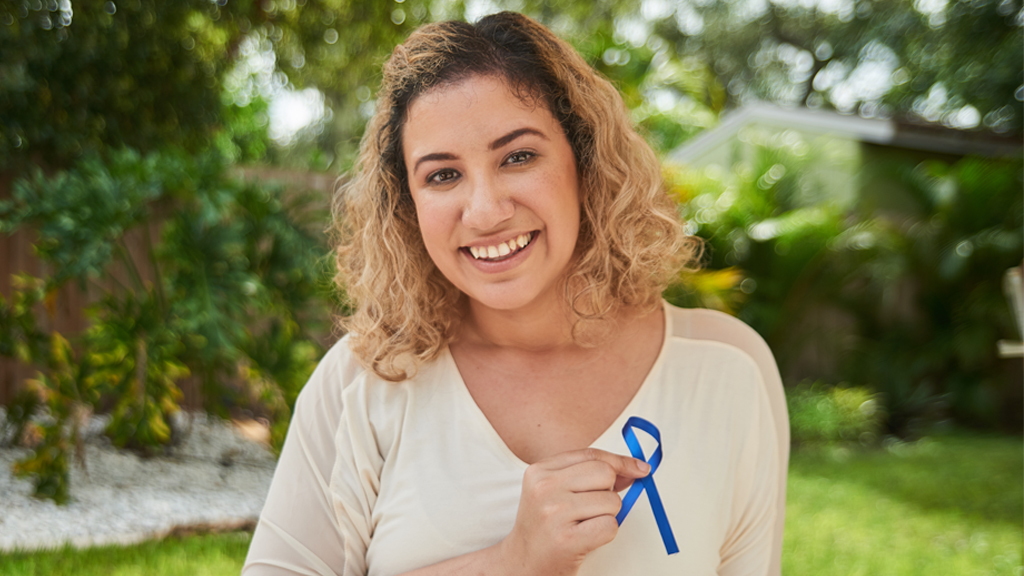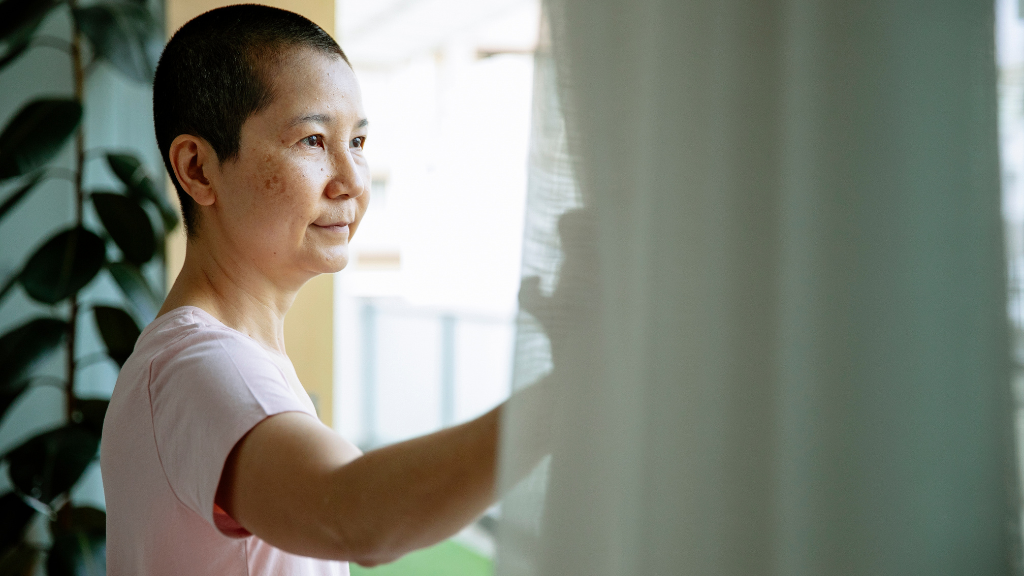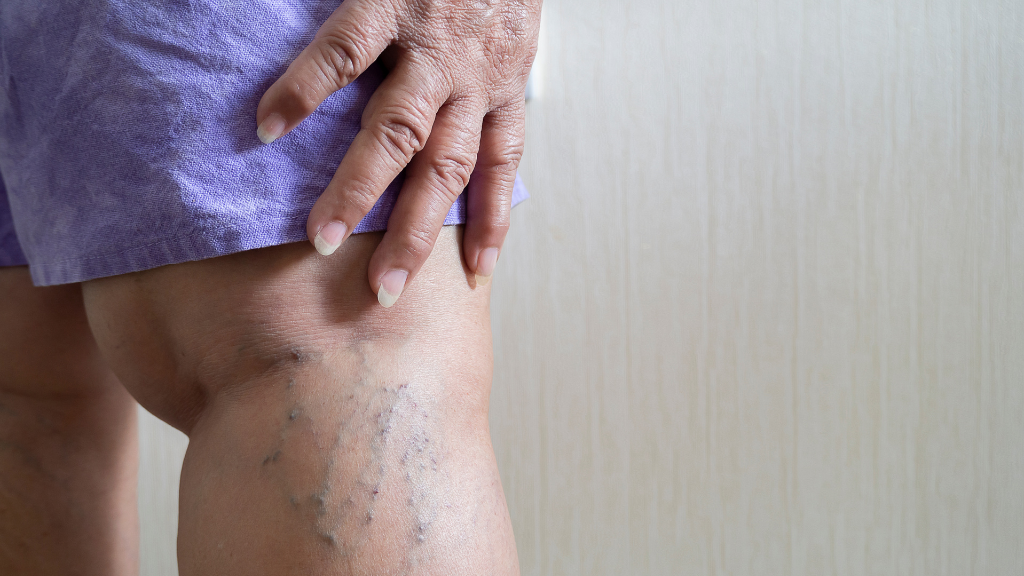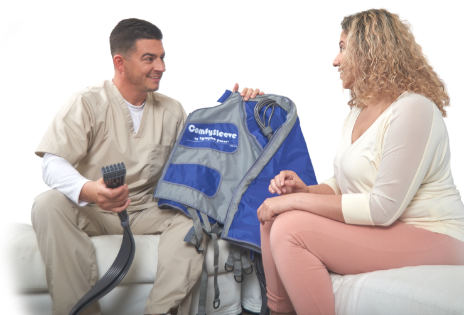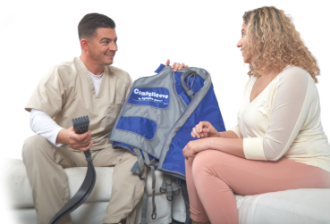This is a 4-minute read.
More than 250 million people worldwide have lymphedema, a chronic condition that involves excessive and painful swelling. Although it most commonly arises after breast cancer treatment, there are many causes and stages of lymphedema.
One thing everyone with lymphedema has in common: they’re eager for a cure. Currently, lymphedema is considered an incurable disease.
However, innovative new treatments and therapies are bringing us closer to a cure every day. In the meantime, lymphatic doctors and surgeons are discovering the best ways to treat lymphedema.
Effective Pneumatic Compression Devices
After a lymphedema diagnosis, a patient discusses with their doctor options that will give relief from lymphedema swelling and inflammation. One of the most trusted, effective solutions is pneumatic compression.
Pneumatic compression devices, also called lymphedema pumps, provide machine-assisted fluid movement. These devices are comfortable to use at home and reduce lymphedema swelling significantly.
For example, in a study of 800 patients who used a Lympha Press pneumatic compression device, 85% said it reduced their discomfort and 94% would recommend it to someone else. While pneumatic compression isn’t a cure for lymphedema, it’s a huge help.
Relief Through Lymphatic Massage and Drainage
Lymphatic massage addresses swelling and encourages fluid movement. There are various techniques, but one of the most common and effective is manual lymphatic drainage (MLD).
Medical research shows evidence that MLD can be combined with other therapies like exercise and pneumatic compression to increase the overall benefit. Patients may also benefit from incorporating a lymphatic drainage machine.
A Complete Decongestive Therapy Plan
Another non-invasive lymphedema treatment is complete decongestive therapy (CDT), which releases swelling and eases fluid retention. Typically, under the care of a qualified lymphedema professional, a patient receives a CDT treatment plan that addresses their specific symptoms and stage of lymphedema.
This combines the benefits of multiple therapies like manual lymphatic drainage, compression, and skincare. Again, while this isn’t a cure for lymphedema, it can give patients enormous relief from its symptoms.
Minimizing Lymphedema Symptoms Through Exercise
One of the most effective treatments for lymphedema is also one of the most old-fashioned: exercise. Low-impact daily exercise stimulates blood and fluid movement, which brings significant benefits for people with lymphatic disorders.
Walking, dancing, and other forms of light to moderate exercise can improve patient outcomes for lymphedema. Exercise decreases chronic inflammation, encourages lymphatic pumping, and gives the body a chance to heal.
Close to a Cure: Innovative Lymphedema Surgery
Finally, there are new surgical techniques for treating lymphedema including lymphatic reconstruction, lymphatic microsurgery, and lymphatic supermicrosurgery. These procedures address the root causes of fluid retention within the body.
Not everyone is a candidate for lymphatic surgery, however. Surgeons like Dr. Hiroo Suami and Dr. Wei F. Chen evaluate patients to see who might be a good fit for surgery.
Generally speaking, surgery works best in patients who have not yet reached an advanced stage of lymphatic damage within the body. This is why early detection and treatment of lymphedema are essential.
Although there’s no cure for lymphedema yet, hope is on the horizon. New therapies and surgeries are advancing to the point that lymphedema is extremely treatable.
For More Information About Lymphedema Treatment
If you’re a lymphedema professional or patient, please take a look at the innovative compression pump home therapy equipment from Lympha Press. Our equipment supports the best possible patient outcomes as doctors search for a cure for lymphedema.
